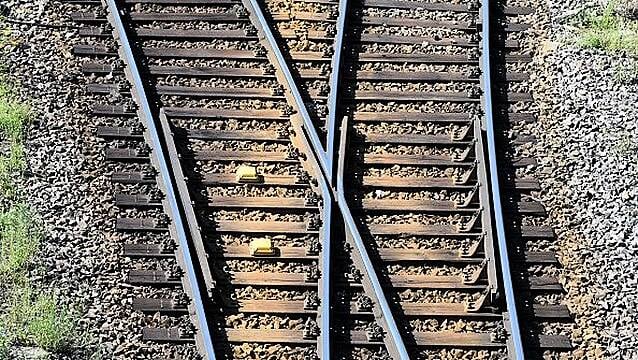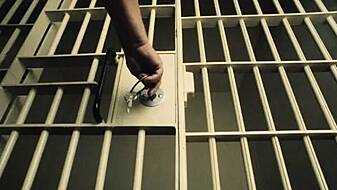A total of 28 passenger trains passed over a broken rail on a mainline railway track in Kildare last year before the line was closed, despite the problem being reported by the drivers of the first two trains over three hours earlier.
An investigation by the Railway Accident Investigation Unit found the piece of broken rail had only been installed less than a month earlier.
The report revealed that a train driver on an early morning service between Newbridge and Grand Canal Dock on February 23rd, 2023 had been alerted to a problem on the rail by an automatic warning system as it was travelling near Newbridge, Co Kildare.
The driver reported the potential fault on the line between stations at Newbridge and Sallins & Naas at 7.11am to a signalman.
Another driver on a Carlow-Dublin Heuston service also experienced a similar alert with his train’s continuous automatic warning system (CAWS) 13 minutes later while passing through the same area.
The report noted an Iarnród Éireann staff member was dispatched to the site to investigate the suspected fault after the second driver had also reported the issue.
However, the broken rail with a 10mm gap was not discovered until 10.52am when all other trains on the line were immediately stopped.
The RAIU revealed a total of 28 passenger trains had travelled over the affected section of track with drivers continuing to report alerts from the CAWS on their trains before the existence of the broken rail had been confirmed.
It noted these train drivers had been advised to continue and to obey lineside signals which were working normally.
The RAIU said that under slightly different circumstances the incident might have led to a “serious accident with the potential for a fatality or serious injuries due to the risk of derailment.”
As a result of the broken rail, the Dublin-Cork line was closed for just over an hour to allow temporary repairs to be carried out.
Eight trains were directly delayed as a result of the incident with a combined delay of 267 minutes.
A speed limit of 40km/h was imposed on the affected section of track until a permanent repair was completed.
Investigators said the broken rail had been fractured through a joint that had been welded at an Iarnród Éireann plant in Portlaoise.
They traced the problem to “slag inclusion” in the welding process which resulted in a lack of fusion.
The RAIU claimed the crack could have progressed through the rail section “in a single rapid event due to rapid overload.”
It identified a contributory factor in the design of equipment that could have allowed the problem to go undetected.
It said a systemic factor was the risk associated with not cleaning equipment had not been identified at the Portlaoise plant.
Although an Iarnród Éireann employee had walked the track three days before the incident at a time when the rail was almost certainly partially cracked, the RAIU said it was highly unlikely it would have been visible.
The RAIU issued a number of safety recommendations in relation to welding equipment and risk assessment of the welding process.
The report noted that a broken rail had been detected on the Cork line the previous day, which is the subject of a separate investigation, but no other similar incident had been recorded since 2015.
Iarnród Éireann said it had carried out ultrasonic testing of all welded rails at its Portlaoise plant following the incident and continues to conduct sample checks of 10 per cent of welded rails on a weekly basis.







